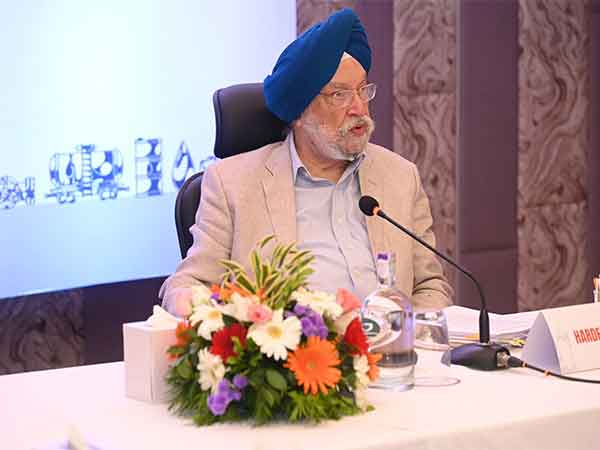India is experiencing a renewed push in oil and gas exploration, with a sharp focus on offshore regions, highlighting the country’s significant untapped hydrocarbon reserves. In a written response to a starred question in the Rajya Sabha, Union Petroleum and Natural Gas Minister Hardeep Singh Puri described the 2022 decision to open nearly one million square kilometres of previously restricted offshore zones as a milestone development. This move, particularly in deepwater and frontier areas like the Andaman-Nicobar (AN) offshore basin, has catalyzed a fresh wave of exploration activity.
Since 2015, exploration and production (E&P) companies in India have made 172 hydrocarbon discoveries, including 62 offshore finds. The Minister emphasized the geological potential of the AN basin, located at the intersection of the Andaman and Nicobar Basins within the Bengal-Arakan sedimentary system. This tectonic setting—where the Indian and Burmese plates converge—has created ideal conditions for hydrocarbon formation, such as stratigraphic traps. The basin’s proximity to established petroleum systems in Myanmar and North Sumatra adds to its exploration appeal, further buoyed by recent gas finds in the South Andaman offshore area of Indonesia.
While the geology offers strong prospects, Minister Puri pointed out that the real progress stems from government-driven policy reforms and a shift in exploration strategy. This new approach has supported extensive seismic surveys, both stratigraphic and exploratory drilling, and increased collaboration with global exploration firms—many of whom are showing growing interest in these newly accessible frontier areas.
National oil companies have plans to drill four offshore stratigraphic wells, including one in the AN basin. These wells are aimed at testing geological theories, confirming petroleum systems, and reducing the risks of future commercial drilling. Although commercial reserves are yet to be confirmed, the initiative marks a significant advance in systematic, data-driven exploration.
A notable development is the launch of a high-stakes exploration campaign by ONGC and Oil India Ltd (OIL) in the ultra-deepwaters of the Andaman region. For the first time, drilling operations are reaching depths of up to 5,000 metres. One such wildcat well, ANDW-7, drilled in a carbonate play in the East Andaman Back Arc area, has yielded promising geological evidence. Findings include traces of light crude and condensate in rock samples, heavier hydrocarbons like C-5 neo-pentane in trip gases, and reservoir-quality rock formations. These indicators confirm, for the first time, the presence of an active thermogenic petroleum system in the region, comparable to those in Myanmar and North Sumatra. While commercial-scale reserves are still under evaluation, the discovery validates the region’s exploration potential and sets the stage for more focused efforts.
Sharing the broader progress, the Minister noted that ONGC has reported hydrocarbon discoveries in 20 exploration blocks, estimating reserves at around 75 million metric tonnes of oil equivalent (MMTOE). Meanwhile, OIL has made seven discoveries over the last four years, with estimated reserves of 9.8 million barrels of oil and over 2,700 million standard cubic meters of natural gas.
Referring to the 2017 Hydrocarbon Resource Assessment Study (HRAS), which projected the AN basin’s potential at 371 MMTOE, the Minister mentioned the completion of a 2D broadband seismic survey across 80,000 line kilometres (LKM) of India’s Exclusive Economic Zone—including the AN offshore area—in 2024. Additionally, OIL collected 22,555 LKM of 2D seismic data during its Deep Andaman Offshore Survey in 2021–22. The data revealed several promising geological formations, which are currently being validated through ongoing drilling operations by ONGC and OIL.
Minister Puri also highlighted the role of key policy reforms introduced since 2014 in creating a more investor-friendly and efficient exploration environment. These include the transition from the Production Sharing Contract (PSC) to the Revenue Sharing Contract (RSC) model in 2015, the launch of the Hydrocarbon Exploration and Licensing Policy (HELP) and the Open Acreage Licensing Programme (OALP) in 2016, the setup of the National Data Repository in 2017–18, and the deregulation of crude oil marketing in 2022. These measures have collectively encouraged frontier exploration, incentivized data acquisition, and fostered risk-informed, scientific drilling strategies.
Thanks to these reforms, India is now witnessing bold and technically advanced exploration in areas like the Andaman-Nicobar basin and other offshore zones—efforts that could significantly strengthen the country’s energy security and reduce its dependence on imports.














